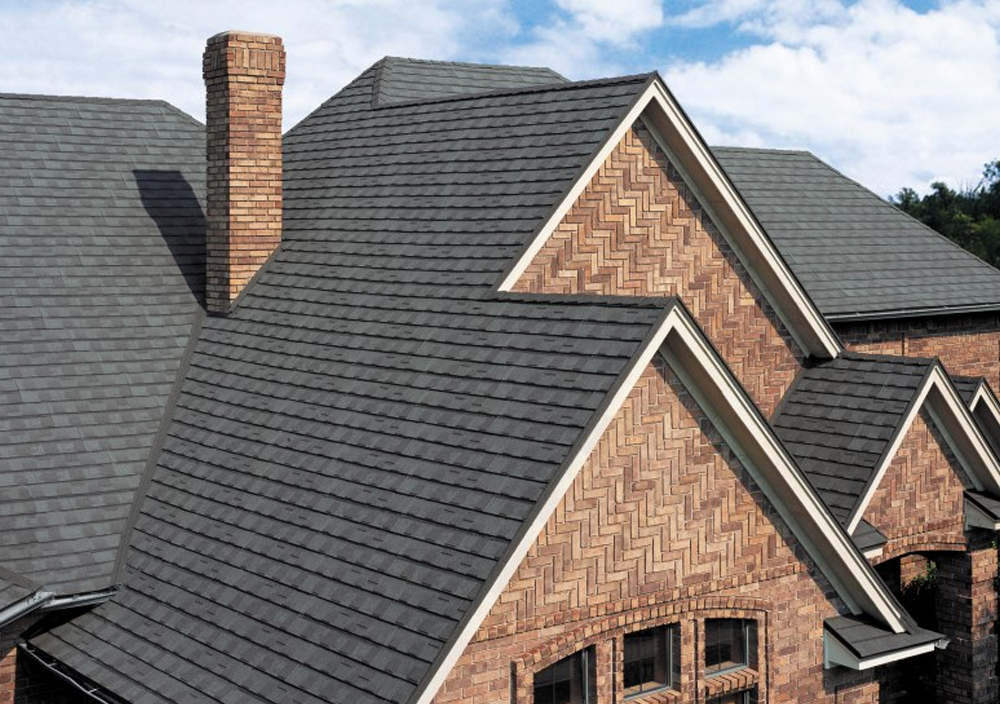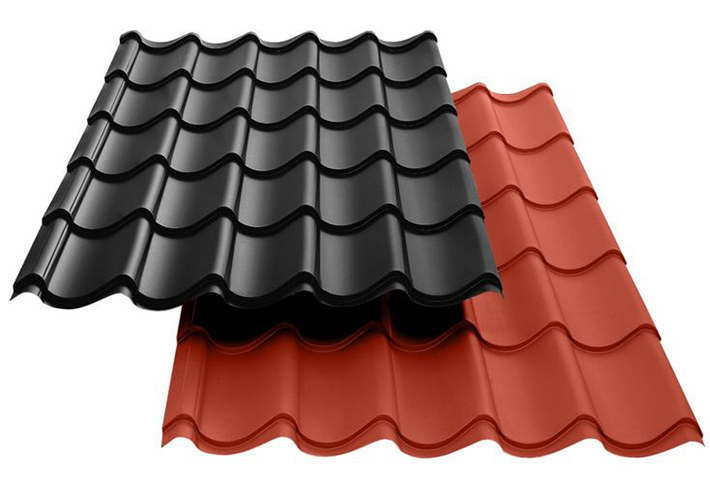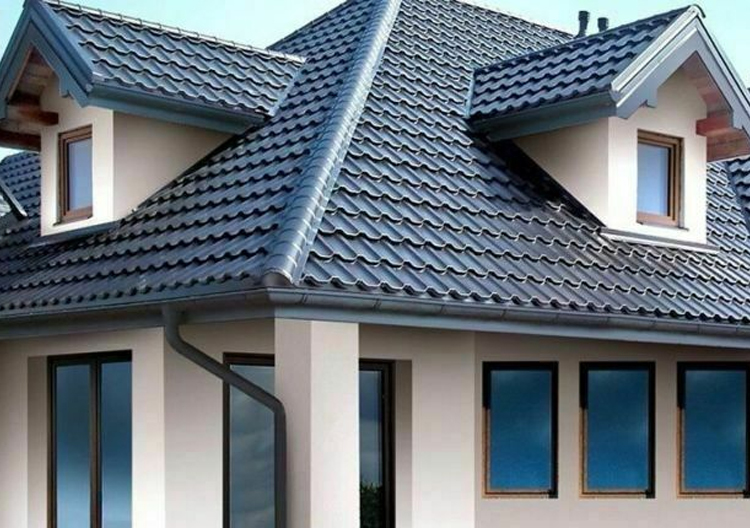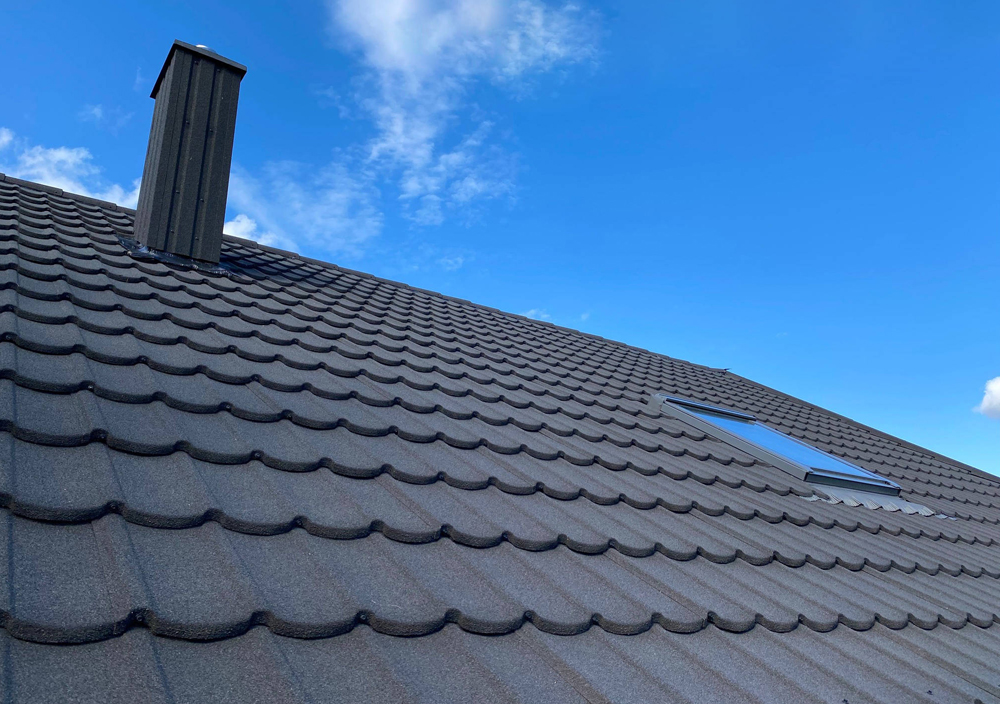Solar roof tiles are an advanced solar technology that combines the functionality of traditional roofing with the energy-generating capability of solar panels. Below is a more detailed explanation of how they work, their components, and the advantages they offer.

Structure and Design of Solar Roof Tiles
- Composition:
- Semiconductor Materials: The core component of solar roof tiles is the photovoltaic (PV) cell, usually made from silicon, a semiconductor material. The cells are layered between protective materials, such as tempered glass on the top layer, and a durable backing material underneath.
- Design Variations: Solar roof tiles are available in various designs to mimic traditional roofing materials such as asphalt shingles, slate, or clay tiles, allowing them to blend seamlessly with different architectural styles.
- Integration:
- Interlocking System: The tiles are designed to interlock with one another and with traditional roofing materials, creating a watertight seal that protects the underlying structure from the elements. This integration allows for a uniform and aesthetically pleasing appearance.
Photovoltaic Process in Detail
- Photons and Electrons:
- Light Absorption: When sunlight (composed of photons) strikes the surface of the solar tiles, the PV cells absorb the light energy.
- Electron Excitation: The absorbed photons energize electrons within the silicon material, causing them to move and generate an electric current. This process is known as the photovoltaic effect.
- Electric Circuit:
- DC Generation: The movement of electrons creates direct current (DC) electricity. This DC electricity is generated by the photovoltaic cells in each tile and is then channeled through wiring to an inverter.
- Inverter Role: The inverter converts the DC electricity into alternating current (AC), which is the standard form of electricity used in homes and businesses.
Installation and Electrical Integration
- Wiring and Connectivity:
- Series Connection: Solar roof tiles are typically wired in series, meaning the electrical output of one tile is connected to the next, creating a combined output that feeds into the home’s electrical system.
- Power Optimizers or Microinverters: In some systems, each tile or a group of tiles is connected to a power optimizer or microinverter. These devices maximize energy output by adjusting the voltage and current from each tile to the optimal level and converting DC to AC at the tile level.
- Connection to the Grid or Battery:
- Grid-Tied Systems: In grid-tied systems, the AC electricity is fed into the home’s electrical panel for immediate use. Any surplus electricity is sent to the utility grid, often earning the homeowner credits through net metering.
- Off-Grid and Hybrid Systems: In off-grid or hybrid systems, excess electricity can be stored in a battery system for later use, such as during the night or on cloudy days when solar production is low.
Efficiency and Performance Considerations
- Efficiency Factors:
- Sunlight Exposure: The efficiency of solar roof tiles depends on factors such as the amount of sunlight they receive, the angle of the roof, and the geographic location. Roof orientation (south-facing in the northern hemisphere) typically provides the best sunlight exposure.
- Temperature Coefficient: Solar roof tiles, like traditional solar panels, are affected by temperature. High temperatures can reduce the efficiency of PV cells, although modern tiles are designed to minimize this effect.
- Maintenance:
- Durability: Solar roof tiles are built to be durable, resistant to weather, and able to withstand impacts like hail. They require minimal maintenance beyond regular cleaning to remove debris or dirt that could block sunlight.
- Long Lifespan: They typically come with long warranties, often 20-30 years, similar to or longer than traditional roofing materials.
Benefits of Solar Roof Tiles

- Aesthetic Appeal:
- Seamless Integration: Unlike traditional solar panels, which are mounted on top of the roof, solar roof tiles are integrated into the roof itself, providing a cleaner, more attractive appearance.
- Variety of Styles: They are available in various styles and colors, allowing homeowners to maintain or enhance the visual appeal of their home.
- Energy Efficiency:
- Reduction in Energy Bills: By generating electricity on-site, solar roof tiles can significantly reduce a homeowner’s reliance on grid electricity, leading to lower energy bills.
- Energy Independence: Solar roof tiles contribute to energy independence, allowing homeowners to generate their electricity and potentially even go off-grid.
- Environmental Impact:
- Renewable Energy Source: Solar roof tiles harness solar energy, a renewable resource, reducing dependence on fossil fuels and lowering greenhouse gas emissions.
- Sustainability: The production and use of solar roof tiles contribute to a more sustainable energy future, aligning with global efforts to combat climate change.
Economic Considerations
- Initial Costs:
- Installation Costs: The initial cost of installing solar roof tiles is generally higher than that of traditional roofing materials, but this cost is offset by the energy savings over time.
- Incentives and Rebates: Many regions offer financial incentives, tax credits, or rebates for installing solar technology, which can help reduce the upfront investment.
- Return on Investment (ROI):
- Energy Savings: Over time, the savings on energy bills can lead to a significant return on investment, making solar roof tiles a financially viable option.
- Property Value: Homes equipped with solar roof tiles often see an increase in property value due to the energy savings and the appeal of sustainable living.
Smart Technology and Monitoring
- Energy Monitoring:
- Real-Time Data: Many solar roof systems come equipped with monitoring technology that provides real-time data on energy production, consumption, and system performance through a dedicated app or online portal.
- Performance Alerts: These systems can also alert homeowners to any issues with the tiles, such as shading or malfunctioning units, ensuring optimal performance.
- Integration with Smart Home Systems:
- Smart Home Compatibility: Solar roof tiles can be integrated with smart home systems, allowing for automated energy management and optimization. For example, excess energy can be directed to power certain appliances or stored for later use based on the homeowner’s preferences.
Future Developments and Trends

- Advanced Materials:
- Innovative Technologies: Research is ongoing into new materials and designs that could further improve the efficiency and aesthetics of solar roof tiles, such as the use of perovskite solar cells or bifacial designs that capture light from both sides of the tile.
- Thin-Film Solar Tiles: Some companies are developing thin-film solar tiles, which are lighter and more flexible, potentially lowering installation costs and broadening their application.
- Energy Management Systems:
- Integration with AI: Future solar roof tile systems may include artificial intelligence (AI) to optimize energy production and usage automatically, adapting to weather conditions, energy prices, and household consumption patterns.
- Wider Adoption:
- Decreasing Costs: As technology advances and manufacturing processes improve, the cost of solar roof tiles is expected to decrease, making them more accessible to a broader range of homeowners.
- Government Support: Increasing government support for renewable energy initiatives is likely to drive wider adoption of solar roof tiles in residential and commercial sectors.
In summary, solar roof tiles offer a sophisticated, integrated solution for harnessing solar energy while maintaining the aesthetic and functional qualities of a traditional roof. Their advanced technology, combined with environmental and economic benefits, makes them an attractive option for homeowners looking to invest in renewable energy and sustainable living.





